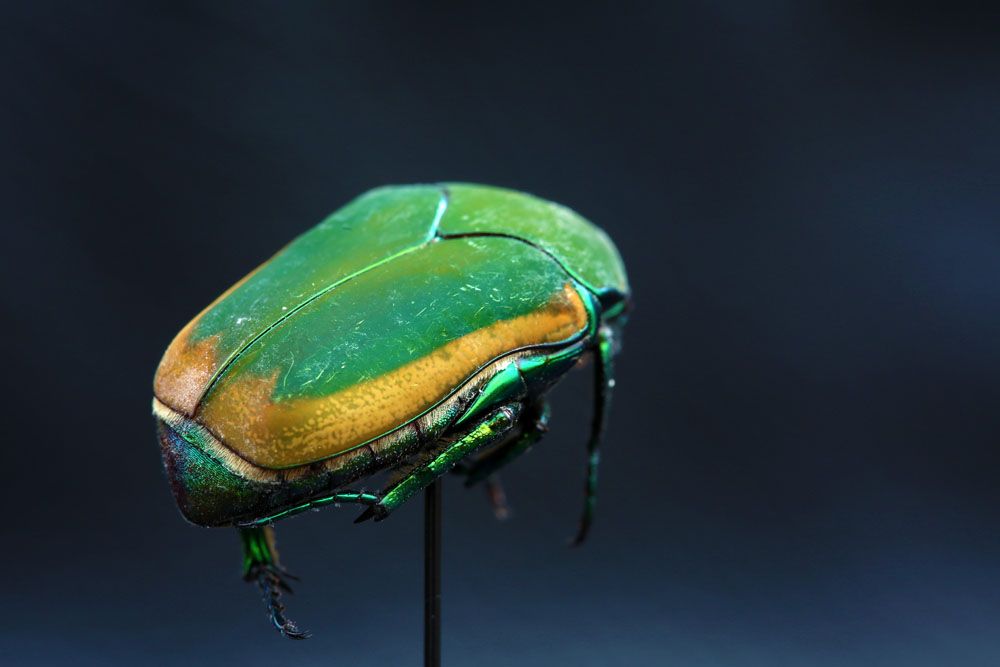
Green Fruit Beetles – Cotinus spp.
Green Fruit Beetles (Cotinis mutabilis)
Common Name: Green Fruit Beetles/ figeater beetle
Latin Name: Cotinis mutabilis
Appearance:
- The figeater beetle is also the green fruit (Cotinis mutabilis).
- The green fruit beetle (Cotinis mutabilis) is 1.25 inches long, a metallic bug with a scarab-like form.
- The larval stage is a C-shaped, creamy white grub that eats compost that hasn’t fully decomposed or piles of grass clippings that have decayed in the soil.
